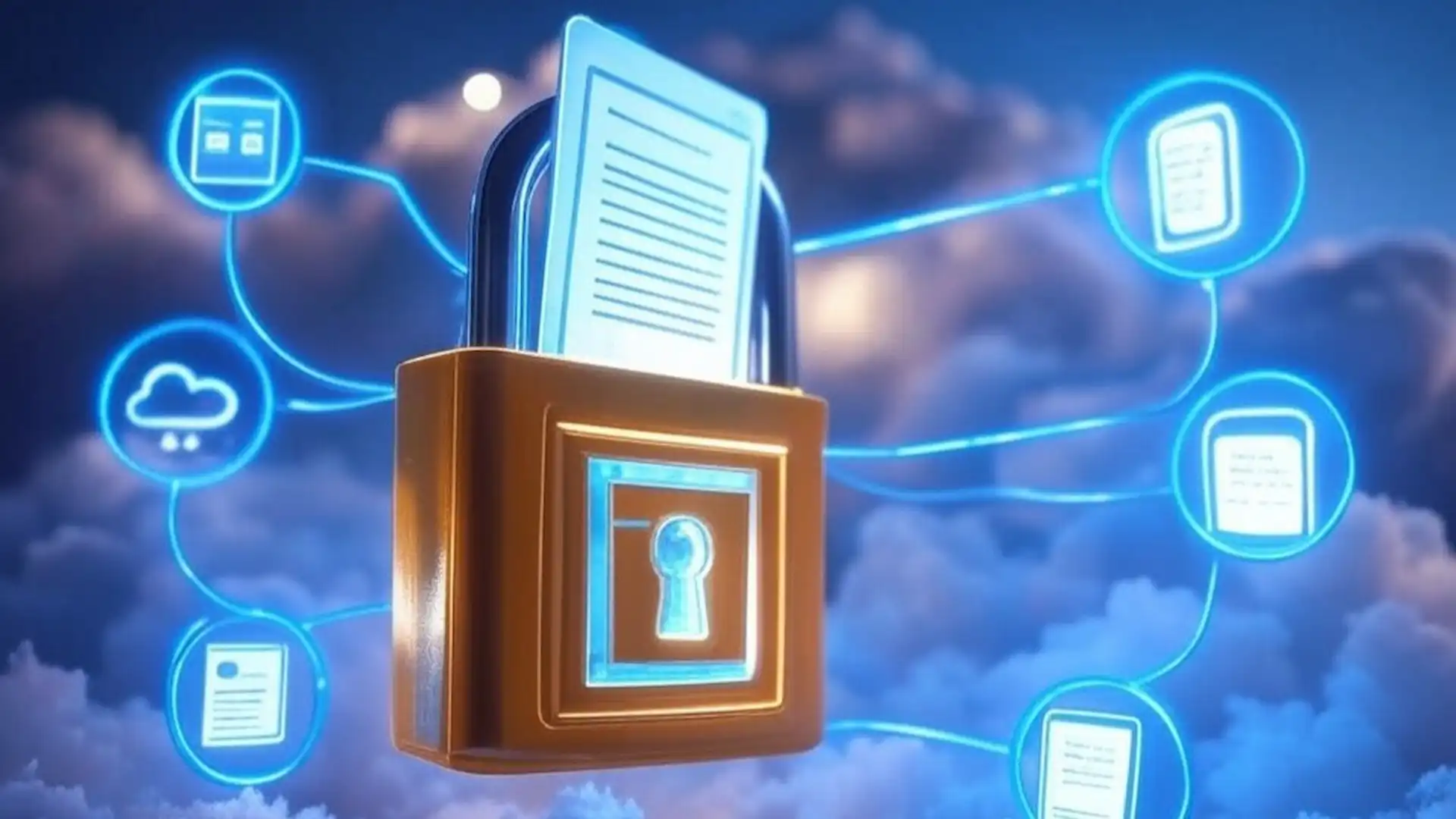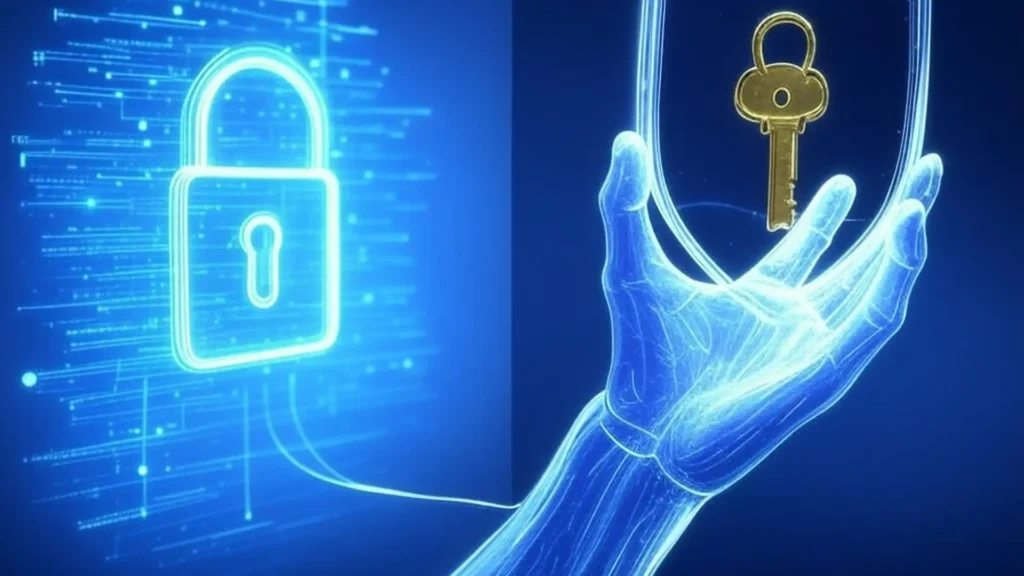Backing Up and Recovering Wallets

Proper wallet backup and recovery procedures are essential for cryptocurrency users. Without proper backups, a simple device failure, software glitch, or user error could result in the permanent loss of your digital assets. This guide covers the fundamentals of creating secure, reliable wallet backups and successfully recovering access when needed.
Understanding Wallet Backups
Most modern cryptocurrency wallets don’t actually store your coins—they store the cryptographic keys that give you access to your assets on the blockchain. Therefore, backing up a wallet means preserving access to these keys.
What You're Actually Backing Up
Depending on the wallet type, you’re typically backing up one of these:
- Seed phrase: A series of 12-24 words that can regenerate all your private keys
- Private keys: The cryptographic keys that control your funds
- Wallet file: An encrypted file containing your keys (usually password-protected)
Seed Phrases: The Standard Backup Method
The most common and user-friendly backup method in modern wallets is the seed phrase (also called a recovery phrase or mnemonic):
How Seed Phrases Work
- Based on the BIP-39 standard used by most wallets
- Typically consists of 12, 18, or 24 random words from a specific dictionary
- Can recreate all your wallet’s private keys and addresses
- Usually generated when you first set up a wallet
mercy gaze defense vintage alert embark robot tiger violin hollow glory palm Properly Securing Seed Phrases
To properly secure your seed phrase:
- Write it down physically on paper or metal—never store it digitally
- Store multiple copies in different secure locations
- Protect against environmental damage (fire, water, fading)
- Consider distribution strategies for preventing single points of failure
- Never share it with anyone, including support staff
Alternative Backup Methods
While seed phrases are the most common, other backup methods include:
Private Key Backups
Some wallets allow direct backup of individual private keys:
- More complex to manage than seed phrases
- Requires backing up each key separately
- Often used in older or specific-purpose wallets
Encrypted Wallet Files
Some desktop wallets use encrypted files:
- Protected by a user-selected password
- Contains all wallet data, including keys
- Requires both the file and password for recovery
- Useful for backing up additional wallet data beyond just keys
Creating a Comprehensive Backup Strategy
An effective backup strategy includes:
Primary Backup
- Generate and secure your seed phrase or other primary backup
- Store in a secure, private location
- Use permanent writing methods (not pencil)
Redundant Backups
- Create multiple copies of your backup information
- Store in geographically distributed locations
- Consider different environmental protections for each
Environmental Protection
Options for protecting against environmental damage:
- Metal backups: Etched or stamped metal plates (Cryptosteel, Billfodl, etc.)
- Fireproof safes: For paper backups
- Lamination: Basic protection for paper backups
Testing Your Backup
Before relying on any backup method:
- Create a new wallet with a small amount of cryptocurrency
- Make a backup using your chosen method
- Wipe/reset the original wallet
- Attempt recovery using your backup
- Confirm access to funds
Wallet Recovery Procedures
When you need to recover your wallet, the process will depend on the wallet type:
Recovering with a Seed Phrase
Most wallets follow a similar recovery process:
- Install your wallet software or set up your hardware wallet
- Select “Restore” or “Recover” option (instead of creating a new wallet)
- Enter your seed phrase when prompted
- Wait for the wallet to regenerate your addresses and scan the blockchain
Recovering with Private Keys
If recovering with individual private keys:
- Install compatible wallet software
- Look for "Import private key" or similar option
- Enter or paste your private key(s)
- Repeat for each key you wish to recover
Recovering with Wallet Files
For wallets that use encrypted files:
- Install the appropriate wallet software
- Use "Open wallet file" or similar option
- Navigate to your backed-up wallet file
- Enter the password when prompted
Common Recovery Issues and Solutions
Incorrect Seed Phrase Entry
If recovery fails:
- Check for typos or word order mistakes
- Verify you’re using the correct word list (BIP-39 dictionary)
- Try common variations if you’re uncertain
Passphrase Considerations
Some wallets use an additional passphrase (sometimes called a “25th word”):
- Without this passphrase, recovery will create a different wallet
- The passphrase is not standardized and must be remembered separately
- It adds security but also adds another critical piece to remember
Derivation Path Issues
Advanced wallets may use different derivation paths:
- If recovery doesn’t show expected accounts, check derivation path settings
- Most wallets use standard paths, but some allow customization
- Hardware wallets often provide options to select different paths during recovery
Emergency Access Planning
Consider what happens if you’re unable to access your wallet:
Inheritance Planning
For significant holdings, consider:
- Creating clear instructions for trusted heirs
- Dividing seed phrase access to prevent any single point of failure
- Using multisignature wallets for more complex arrangements
Documentation
Maintain documentation (stored separately from your seed) including:
- Which wallets/exchanges hold your assets
- Instructions for recovery procedures
- Contact information for trusted advisors
Conclusion
Proper backup and recovery procedures are not optional—they’re essential components of responsible cryptocurrency ownership. By creating redundant, secure backups and periodically verifying your recovery process, you can protect yourself from the permanent loss of your digital assets. Remember that unlike traditional financial systems, there is no "forgot password" feature in decentralized cryptocurrencies. Your backup strategy is your only safety net, so give it the attention and care it deserves.


